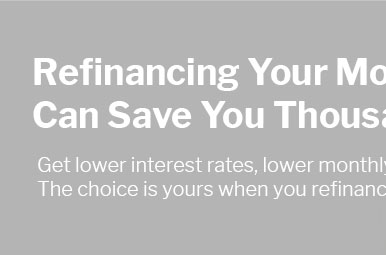 |
 |
 |
 |
 |
|---|
 |
 |
|
|---|---|---|
 |
 |
|
 |
 |
|
 |
 |
 |
 |
 |
 |
Exploring the Intricacies of 30-Year Refinance Rates: A Comprehensive AnalysisThe world of mortgage refinancing is a complex yet fascinating domain that attracts homeowners seeking to optimize their financial commitments. The 30-year refinance rate is particularly popular, offering the allure of long-term stability combined with manageable monthly payments. As we delve into this subject, it’s crucial to understand the dynamics that influence these rates and how they compare to other refinancing options. First and foremost, it’s important to acknowledge that 30-year refinance rates are significantly influenced by economic indicators such as inflation, the Federal Reserve’s monetary policy, and overall market demand. When inflation rises, lenders often increase interest rates to maintain their profit margins. Conversely, a dovish Federal Reserve may lead to lower rates, as seen during economic downturns when stimulating borrowing is a priority. One might wonder how the 30-year refinance rate stacks up against its counterparts. 15-year refinance rates, for example, generally offer lower interest rates due to the reduced risk for lenders. However, the trade-off comes in the form of higher monthly payments. For those who can afford it, a 15-year term can lead to substantial savings on interest over the life of the loan. On the other hand, adjustable-rate mortgages (ARMs) present a different value proposition. Typically, they start with lower interest rates than fixed-rate loans, but the rates can fluctuate after an initial period, which introduces a level of uncertainty. For homeowners who anticipate moving or refinancing again before the rate adjusts, ARMs can be a cost-effective choice. Yet, for those seeking predictability, the 30-year fixed-rate refinance remains a stalwart option. Another factor to consider is the impact of credit scores on refinance rates. Borrowers with excellent credit scores typically receive more favorable terms, reflecting their lower risk to lenders. It’s advisable for homeowners to check and, if necessary, improve their credit scores before pursuing refinancing to secure the best possible rates.
In conclusion, while the 30-year refinance rate is a compelling option for many homeowners due to its stability and predictability, it is by no means a one-size-fits-all solution. Each borrower’s financial situation and future plans play a pivotal role in determining the most suitable refinancing strategy. As with any financial decision, a thoughtful approach, supplemented by expert advice, will invariably lead to the best outcomes. https://www.rocketmortgage.com/refinance-rates/30-year-refinance-rates
30-Year Refinance Rates - 30-year fixed - 30-year FHA - 30-year VA - 30-year jumbo fixed - Free Official Mortgage Review. Let our experts ... https://www.usbank.com/home-loans/refinance/conventional-fixed-rate-refinance/30-year-fixed-refinance-rates.html
The rates shown above are the current rates for the purchase of a single-family primary residence based on a 45-day lock period. https://www.citizensbank.com/loans/mortgage-refinance.aspx
30-Year Fixed Rate ; Rate: 6.750% ; APR: 6.849% ; Points: .5 ; Estimated Monthly Payment: $1,945.79.
|
|---|